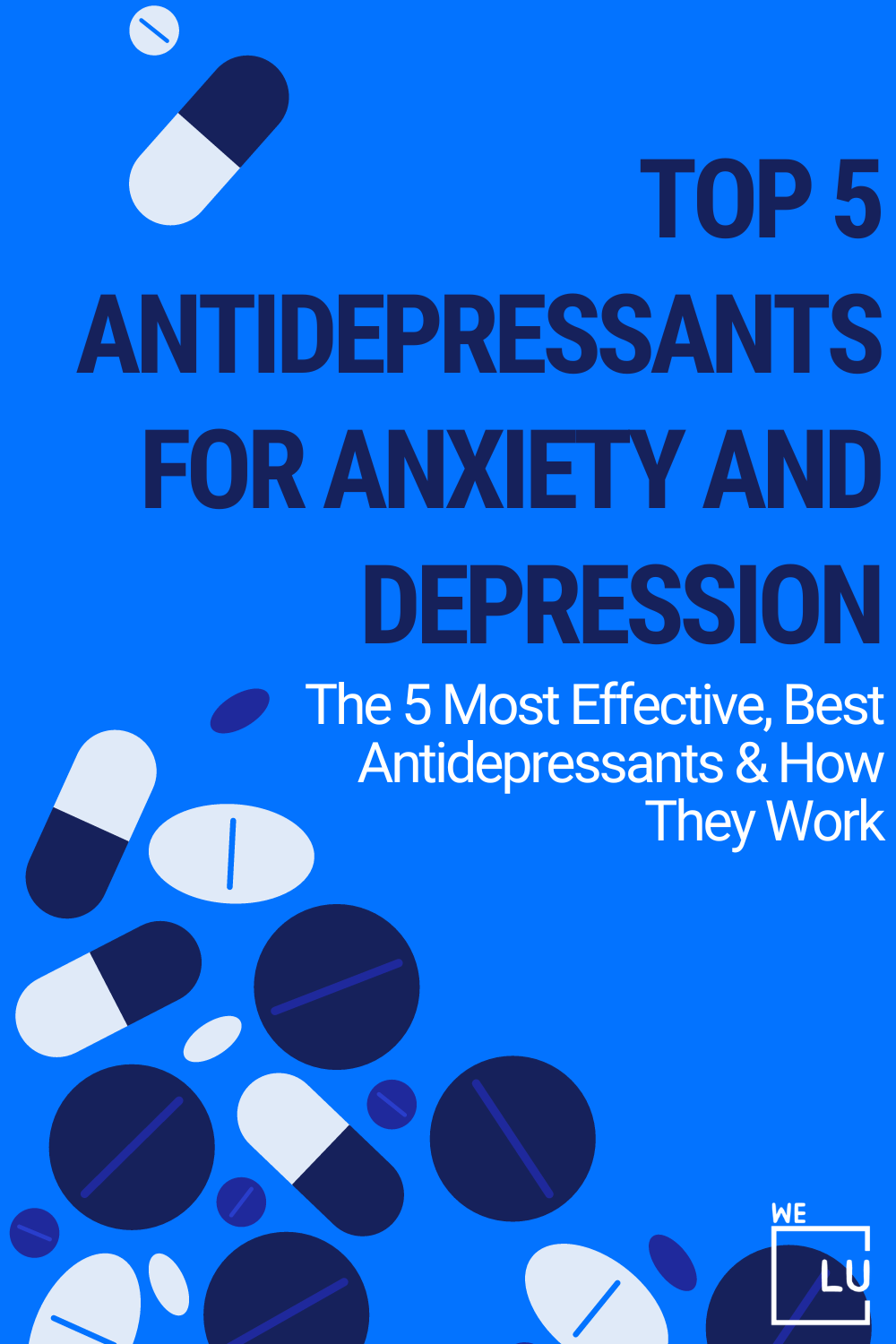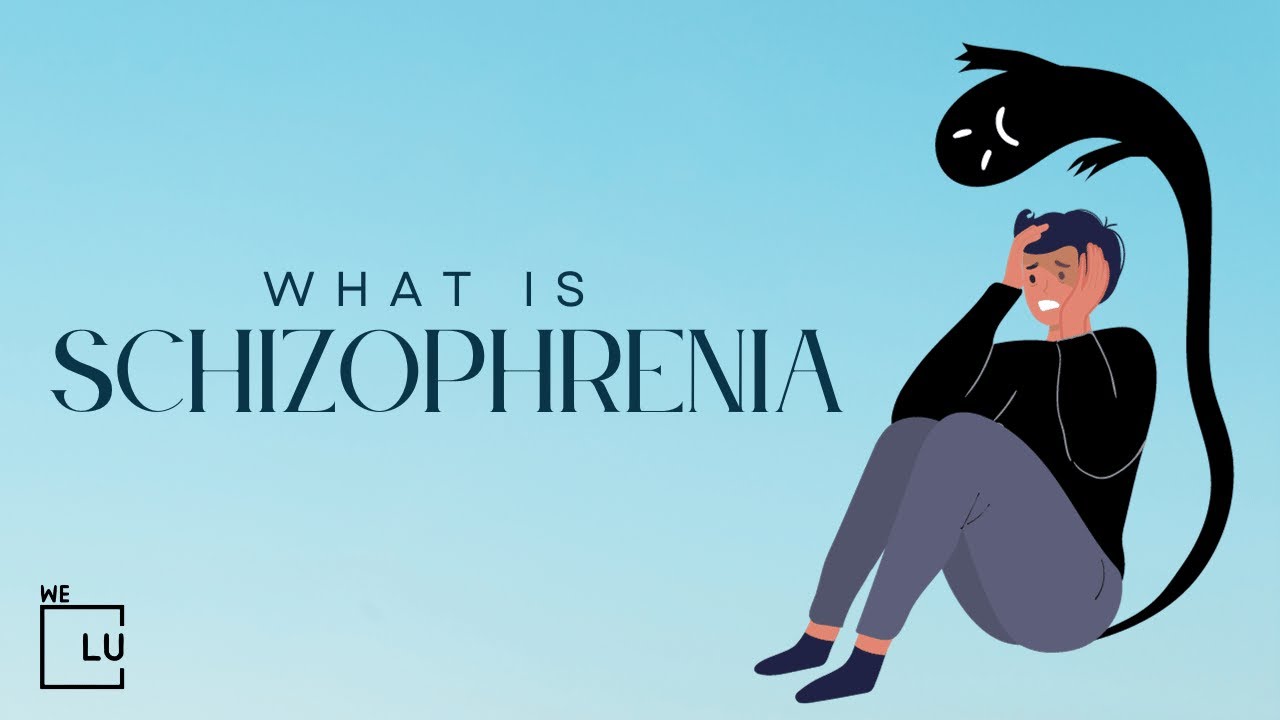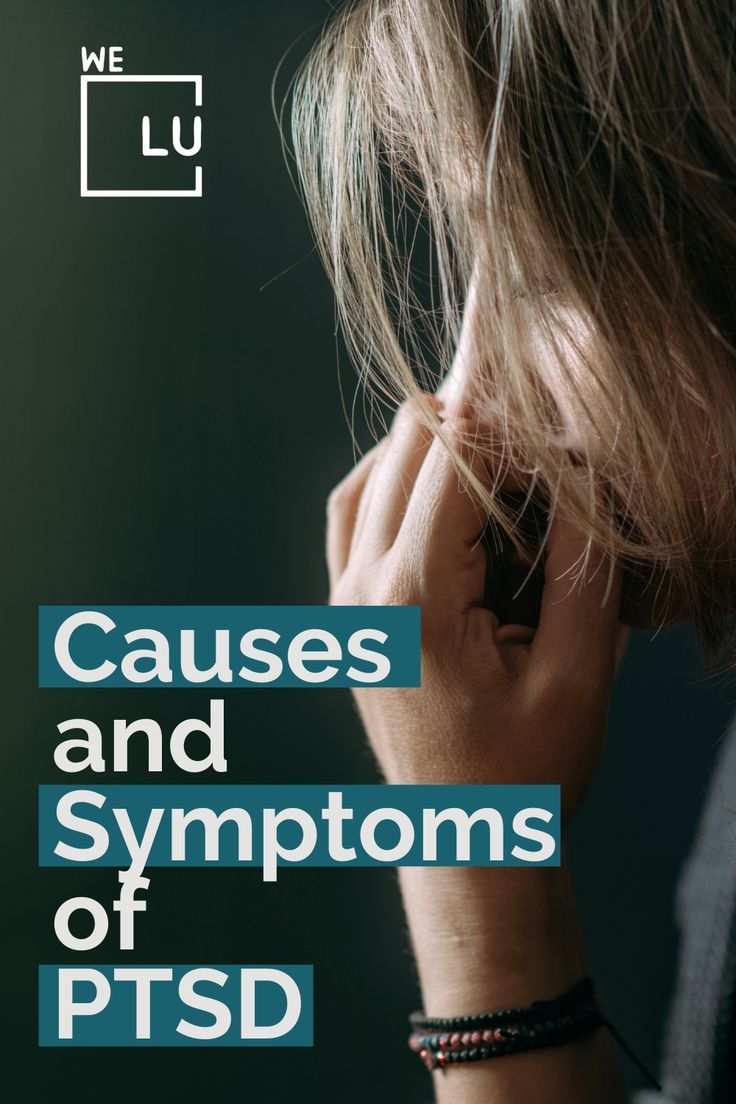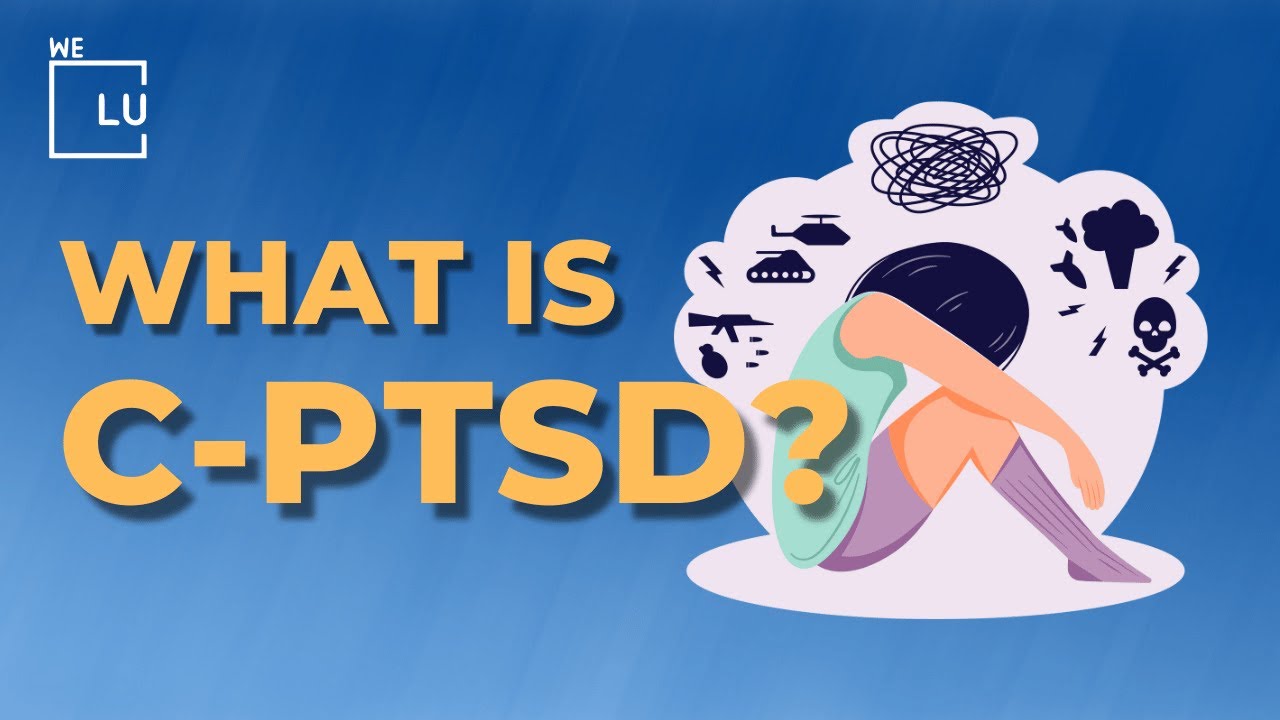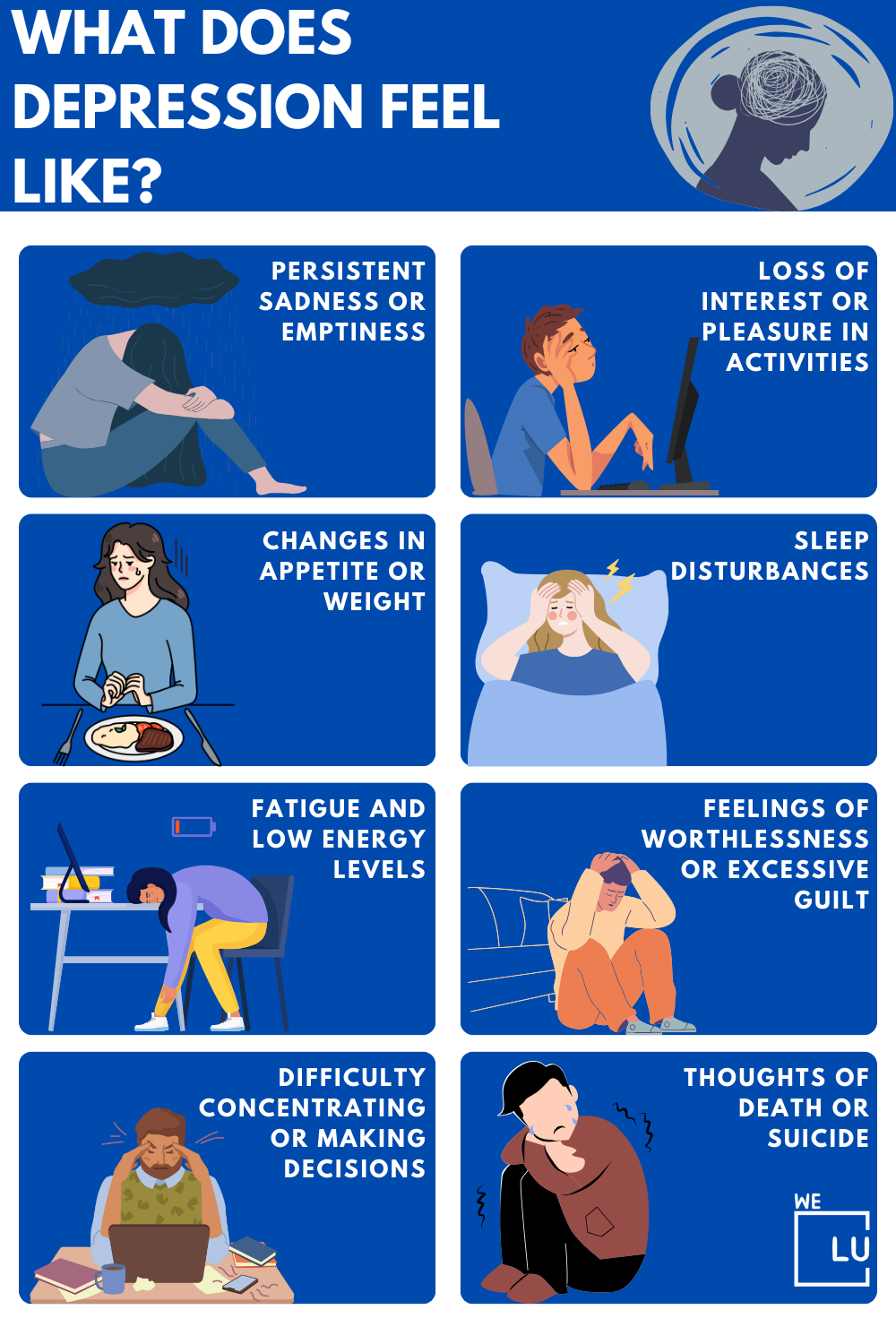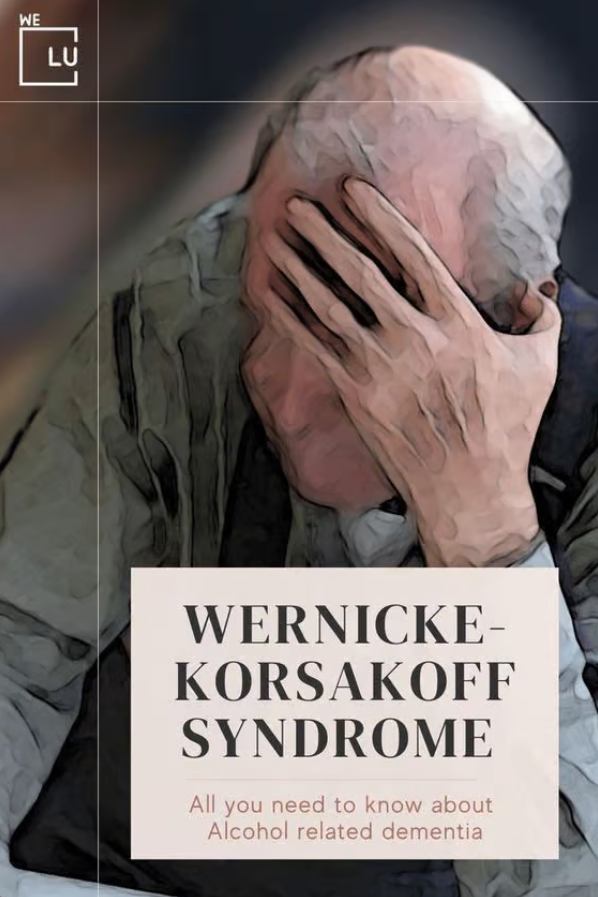What are Anxiety Tics?
Anxiety can create problems in daily life and also affect the body. When someone with anxiety feels very nervous or stressed, it can make their muscles tense and cause involuntary spasms or jerking—often called anxiety twitches.
Anxiety tics, also called psychogenic or functional motor disorders, are involuntary movements or sounds caused by high anxiety or stress. Unlike neurological conditions, these tics stem from psychological factors rather than problems in the nervous system.
Tics are specific behaviors linked to tic disorders, different from anxiety twitches. Yet, people with anxiety disorders, such as OCD or GAD, might have tics if they also have a tic disorder. Exploring anxiety tics helps us grasp the intricate link between mental well-being and physical actions, revealing how emotions can impact our movements.
What are the Types of Anxiety Tics?
Tics come in two main types: motor and vocal. Motor tics are sudden, involuntary physical movements, while vocal tics are involuntary sounds.
Here are the common anxiety tics examples:
Body Movements:
- Blinking excessively.
- Grimacing or making faces.
- Nose or mouth twitches.
- Muscle spasms.
- Shoulder shrugging.
Vocalizations:
- Throat clearing.
- Clicking sounds.
- Grunting.
The manifestation of anxiety tics can vary among individuals, and these are just some examples of the diverse range of tics associated with stress and anxiety.
How Long Do Anxiety Tics Last?
The duration of anxiety tics can vary widely among individuals. In some cases, they may be brief and temporary, lasting for a few seconds to a few minutes. On the other hand, for some individuals, anxiety tics may persist for a more extended period, recurring over weeks, months, or even years.
The duration can be influenced by factors such as the severity of anxiety, individual coping mechanisms, and whether there are concurrent therapeutic interventions. It’s essential for individuals experiencing anxiety tics to consult with a healthcare professional for a more personalized assessment and guidance on managing and understanding the specific duration of their tics.
Can You Have Anxiety Tics Without Tourette’s Syndrome?
Anxiety tics can occur independently of Tourette’s Syndrome. While Tourette’s is characterized by the presence of both motor and vocal tics, anxiety tics can manifest in individuals without a Tourette’s diagnosis.
Anxiety tics are often associated with heightened stress or anxiety and may involve involuntary movements or sounds. They are a common expression of the physical manifestations of fear and don’t necessarily indicate the presence of Tourette’s Syndrome. If you’re experiencing anxiety tics, it’s advisable to consult with a healthcare professional for a thorough evaluation and appropriate guidance. Contact We Level Up FL mental health treatment for proper guidance and recovery programs.
Causes of Anxiety Tics
The specific causes can vary among individuals, and often, multiple factors may contribute to the development of tics from anxiety. Consultation with a healthcare professional can help determine the underlying causes and guide appropriate management.
Here are the most common potential causes of tics from anxiety:
- Stress and Anxiety: High levels of stress and anxiety are primary triggers for tics from anxiety.
- Psychological Factors: Emotional distress or psychological tension can contribute to the development of tics.
- Trauma: Past traumatic experiences may be linked to the emergence of tics.
- Genetics: There may be a genetic predisposition to developing tic disorders or anxiety twitches.
- Neurological Factors: Abnormalities or imbalances in neurotransmitters may play a role.
- Co-occurring Disorders: Tics from anxiety can be associated with other mental health conditions, such as OCD or generalized anxiety disorder.
- Environmental Factors: Certain external stressors can contribute to the onset or exacerbation of tics from anxiety.
Several factors can make individuals more prone to experiencing tics from anxiety. Here are some potential contributors:
- Stressful Life Events: Exposure to significant stressors or traumatic experiences can trigger anxiety twitches.
- Existing Mental Health Conditions: Individuals with anxiety disorders, OCD, or other mental health conditions may be more prone to developing tics from anxiety.
- Poor Coping Mechanisms: Ineffective coping strategies for managing stress and anxiety may increase vulnerability.
- Personality Traits: Certain personality traits like perfectionism or high sensitivity may be associated with a higher risk.
- Age and Gender: Tics often emerge in childhood and may be more prevalent in males, though they can occur in individuals of any age or gender.
It’s essential to recognize that the interplay of these factors is complex, and not everyone with these risk factors will necessarily develop anxiety tics.
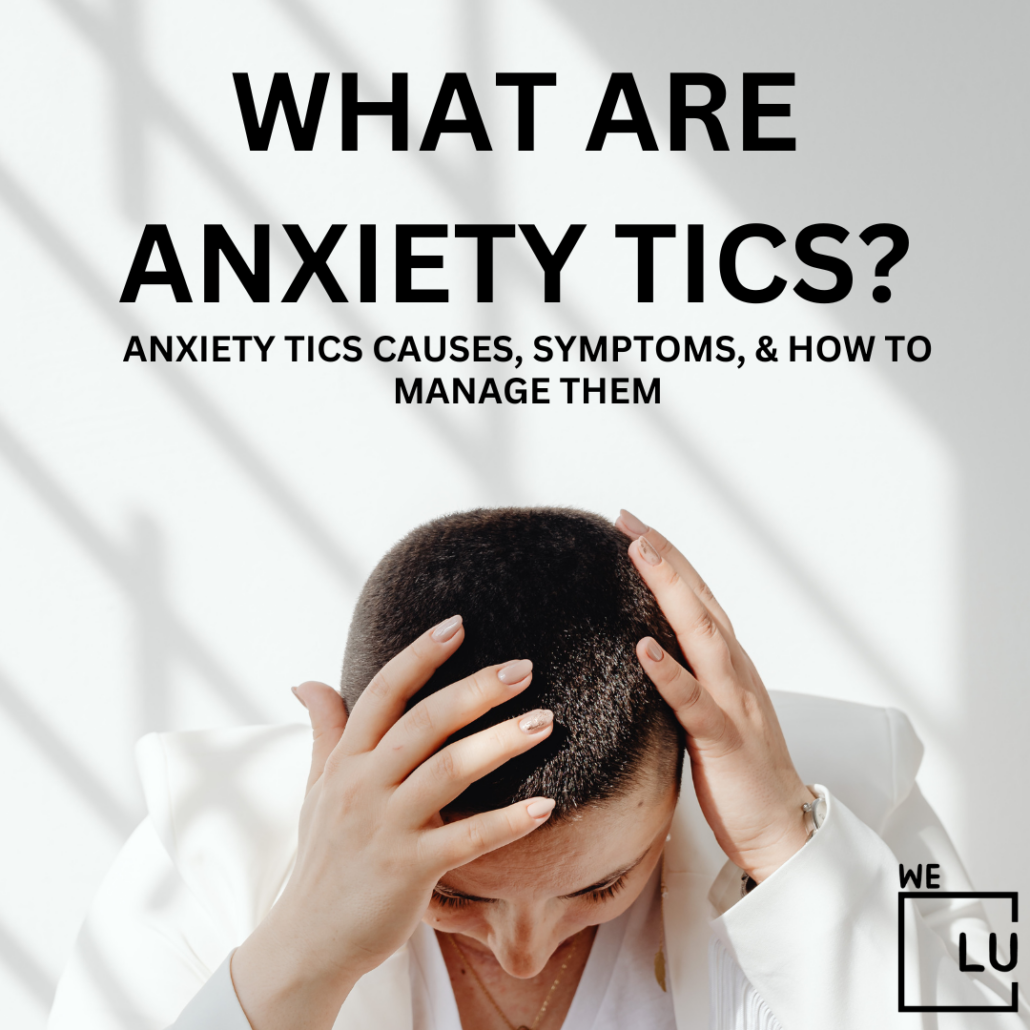
Skip To:
Learn More:
- Tapping for Anxiety: Does It Help with Stress? EFT Anxiety Tapping
- Guide to Anxiety Meditation 5-10 Minute Mindfulness Techniques
- Common Anxiety Medications, Types of Medication for Anxiety, and Side Effects
- How to Deal With Crippling Anxiety? Crippling Anxiety Symptoms, Causes, and Treatment
- Learn the Different Types of Anxiety. 6 Types of Anxiety Disorders. Symptoms and Medications for the Different Types of Anxiety.
- High Functioning Anxiety Symptoms, Causes, and Treatment
- Performance Anxiety, Causes, Symptoms, and Treatment. Male Performance Anxiety Solutions
- Anxiety Rash Symptoms, Causes, Treatment, and Prevention
- Social Anxiety Disorder, Symptoms, Risks, Treatments, and Diagnosis
- Anxiety Disorder Treatment, Types, Causes, and Symptoms
Get anxiety counseling that works. Discover professional help from We Level Up Florida’s mental health therapists. Start getting support with a free call to our mental health hotline.
Get Help. Get Better. Get Your Life Back.
Searching for Accredited Dual Diagnosis Mental Health Centers Near You?
Even if therapy failed previously, or are in the middle of a difficult crisis, we stand ready to support you. Our trusted behavioral health specialists will not give up on you. When you feel ready or just want someone to speak to about counseling alternatives to change your life call us. Even if we cannot assist you, we will lead you to wherever you can get support. There is no obligation. Call our hotline today.
FREE 24/7 Dual Diagnosis Mental Health Services HotlineAre Tics From Anxiety Normal?
Experiencing tics as a result of anxiety is a relatively common occurrence. Stress and anxiety can manifest in emotional and cognitive symptoms and physical expressions, such as tics. These tics are often involuntary and can include repetitive movements or sounds. While they may resemble conditions like Tourette’s Syndrome, anxiety-related tics are distinct and usually tied to heightened stress or anxiety levels.
While anxiety-related tics are typical in the sense that they can occur, they still warrant attention, especially if they significantly impact daily functioning or cause distress. Seeking support from mental health professionals can help individuals understand and manage anxiety tics effectively. Also, a thorough evaluation can rule out other underlying conditions, ensuring a comprehensive approach to well-being.

What Do Anxiety Tics Feel Like?
Before the tic occurs, there might be a sense of tension. The physical sensations can be subtle, like a quick muscle spasm or more noticeable movements or sounds. It can be emotionally distressing as people may feel a lack of control. The experience of anxiety tics varies, but they’re often linked to anxious feelings, providing relief when expressed.
What Do Anxiety Tics Look Like?
Anxiety tics can show up in different ways, ranging from subtle to more noticeable movements or sounds. Motor tics include:
- Things like blinking a lot.
- Muscle cramps in the neck or face.
- Gestures such as shrugging or making faces.
Vocal tics can be clearing the throat, clicking, or grunting. People may have a mix of these physical expressions, and how anxiety tics appear is often tied to how someone responds to increased stress or anxiety. The specific movements or sounds can be different for each person.
Self-Help Tips to Cope With Anxiety Tics Symptoms
There are helpful ways to manage tics and reduce anxiety. Practices like deep breathing and meditation bring calmness while avoiding triggers and creating a supportive environment are crucial.
Regular exercise is good for overall well-being and stress reduction. Taking care of basics like getting enough sleep, eating well, and staying hydrated is essential for managing anxiety. Engaging in activities you enjoy, seeking support from friends, and exploring therapy are extra tools for coping. Remember to be kind to yourself in this process, recognizing that managing tics and anxiety is a gradual and personal journey. Getting guidance from healthcare professionals can provide tailored support for your well-being.
Here are beneficial ways to help you cope with tics from anxiety and other symptoms it can cause:
- Mindfulness and Relaxation Techniques: Practice mindfulness meditation or deep breathing exercises to help manage stress and anxiety.
- Identify Triggers: Recognize situations or activities that tend to worsen anxiety tics and work on minimizing exposure.
- Create a Calming Environment: Establish a soothing and stress-free environment to reduce the likelihood of triggering tics.
- Regular Exercise: Engage in regular physical activity, which can help alleviate stress and promote overall well-being.
- Adequate Sleep: Ensure you get enough sleep, as fatigue can increase stress and anxiety.
- Healthy Lifestyle Choices: Maintain a balanced diet, stay hydrated, and avoid excessive caffeine or stimulants.
- Expressive Outlets: Find creative or expressive outlets such as art, music, or journaling to channel and release tension.
- Social Support: Seek support from friends, family, or support groups to share experiences and coping strategies.
- Therapeutic Techniques: Explore therapeutic approaches such as cognitive-behavioral therapy (CBT) to address underlying anxiety.
- Self-compassion: Be kind to yourself; understand that anxiety tics are not a sign of weakness. Practice self-compassion.
It’s advisable to consult with a healthcare professional for personalized guidance and support tailored to your specific situation.
We Level Up FL Mental Health Treatment Center Tips To Manage Anxiety Tics
✅ To manage tics from anxiety or twitches, try deep breathing or meditation for a sense of calmness.
✅ Identify and avoid triggers and create a supportive environment.
✅ Prioritize regular exercise, sufficient sleep, and a balanced diet to improve overall well-being and reduce stress.
Do you have questions about anxiety tics or treatment in general? Call our helpline 24/7.

End the Emotional Pain. Get Your Life Back.
Feeling Depressed, Anxious or Struggling with Mental Health Illness? Get Safe Comfortable Mental Health Dual Diagnosis High-Quality Therapy From Counselors That Care. Begin Your Recovery Now.
Hotline (855) 940-6125Behavioral Therapies for Anxiety Tics
Behavioral therapies effectively address anxiety-related tics by focusing on thoughts, emotions, and behaviors linked to these involuntary movements. For example, Cognitive-Behavioral Therapy (CBT) helps identify and change negative thoughts, altering responses to anxiety triggers. Habit Reversal Training (HRT) increases awareness of tics, promotes alternative responses, and reinforces positive behaviors.
These therapies empower individuals to control reactions to anxiety better, offering practical tools to manage and reduce tic frequency over time. These therapies contribute to a comprehensive and lasting approach to tic management by addressing behavioral aspects.
- Cognitive Behavioral Therapy (CBT): Identifies and modifies negative thought patterns and behaviors associated with anxiety tics.
- Habit Reversal Training (HRT): Targets tics specifically, increasing awareness, finding alternative responses, and promoting behavioral change.
- Exposure and Response Prevention (ERP): Involves gradually exposing individuals to anxiety-inducing situations and helping them resist the urge to engage in tics.
- Comprehensive Behavioral Intervention for Tics (CBIT): A structured approach combining various behavioral strategies to manage and reduce tics.
- Relaxation Training: Teaches relaxation techniques to reduce overall anxiety levels and decrease the likelihood of tics.
- Mindfulness-Based Therapies: Focuses on increasing present-moment awareness, helping individuals respond to stressors in a more controlled manner.
- Biofeedback: Uses electronic monitoring to make individuals aware of physiological processes, aiding in the control of tics.
- Social Support and Behavioral Coaching: Involves guidance and support from others to reinforce positive behaviors and coping mechanisms.

Medications for Anxiety Tics
It’s crucial to consult a healthcare professional for personalized advice. Here’s a list of medications commonly considered for managing anxiety tics:
- Antipsychotics: Risperidone and aripiprazole are often prescribed to help control tics.
- Alpha-2 Adrenergic Agonists: Clonidine and guanfacine may reduce tics by affecting certain neurotransmitters.
- Benzodiazepines: Clonazepam, in some cases, may be prescribed for its calming effects.
- Selective Serotonin Reuptake Inhibitors (SSRIs): Fluoxetine, sertraline, and other SSRIs may be considered to address anxiety and associated symptoms.
- Tricyclic Antidepressants: Clomipramine, in certain situations, might be used to manage tics.
Medication choices depend on individual circumstances, and discussing potential side effects and benefits with a qualified healthcare professional is essential. Additionally, they may be used in conjunction with behavioral therapies for a more comprehensive approach to managing anxiety tics.
Surgery for Severe Anxiety Tics
Surgery is usually not the first choice for severe anxiety tics. If other treatments like medications and therapies haven’t worked, and the person’s quality of life is significantly affected, surgical options might be considered.
One such option is Deep Brain Stimulation (DBS), where electrodes are implanted in specific brain areas to adjust abnormal neural activity linked to tics. However, deciding on surgery for anxiety tics is complicated and needs careful evaluation by a team of specialists. It’s essential for individuals thinking about surgery to discuss thoroughly with their healthcare team to make well-informed decisions based on their unique situation.
If you or someone you know is struggling with anxiety tics, We Level Up Florida’s mental health treatment center specializes in comprehensive care. Our team of experienced professionals is dedicated to personalized stress treatment plans. Take the first step towards healing and embark on a journey towards improving your health. Contact us today to get started. Each call is free and confidential.
First-class Facilities & Amenities
World-class High-Quality Mental Health Services & Behavioral Health Substance Abuse Treatment
Rehab Centers TourRenowned Mental Health Centers. Serene Private Facilities. Inpatient Rehab Programs Vary.
Mental Health Helpline (855) 940-6125Proven recovery success experience, backed by a Team w/ History of:
15+
Years of Unified Experience
100s
5-Star Reviews Across Our Centers
10K
Recovery Successes
- Comprehensive Dual-Diagnosis Treatment
- Complimentary Family & Alumni Programs
- Coaching, Recovery & Development Events
- Comfortable Onsite Medical Detox Center
How Do You Test for Anxiety Tics?
Anxiety tics test involves a thorough assessment by healthcare professionals like neurologists or psychiatrists. Instead of a specific test, they use clinical interviews, observe symptoms, and use standardized assessment tools.
They’ll ask about medical history, including family history, and examine the presence and characteristics of both motor and vocal tics. Evaluating how these tics affect daily life is crucial for an accurate diagnosis. Sometimes, additional tests like neuroimaging or blood tests may be done to rule out other conditions. This process ensures the proper treatment for the individual’s needs.
If you’re worried about anxiety tics, it’s essential to consult a healthcare professional for a thorough evaluation and proper guidance. Contact We Level Up FL for an appropriate assessment of anxiety and more information about evidence-based anxiety treatment programs.
World-class, Accredited, 5-Star Reviewed, Effective Mental Health Dual Diagnosis Programs. Complete Integrated Inpatient Rehab with Free Post Discharge Therapy Planning.
CALL (855) 940-6125End the Emotional Pain Rollercoaster. Gain Stability & Happiness Through Recovery Treatment. Start Mental Health Counseling Today. Get Free No-obligation Guidance by Behaviroal Health Specialists Who Understand Mental Health Recovery.
Powerful Anxiety Coping Tips Advice from a Therapist
Experience Transformative Recovery at the We Level Up Treatment Center.
See our authentic success stories. Get inspired. Get the help you deserve.



Start a New Life
Begin with a free call to a behavioral health treatment advisor. Learn more about our dual-diagnosis programs. The We Level Up treatment center network delivers recovery programs that vary by each treatment facility. Call to learn more.
- Personalized Care
- Caring Accountable Staff
- World-class Amenities
- Licensed & Accredited
- Renowned w/ 5-Star Reviews
We’ll Call You
Search We Level Up FL Anxiety Tics Treatment, Mental Health Topics & Resources
Sources
- Jones KS, Saylam E, Ramphul K. Tourette Syndrome, and Other Tic Disorders. [Updated 2023 May 8]. In: StatPearls [Internet]. Treasure Island (FL): StatPearls Publishing; 2023 Jan-. Available from: https://www.ncbi.nlm.nih.gov/books/NBK499958/
- Mittal SO. Anxiety tics and Tourette’s syndrome. Drugs Context. 2020 Mar 30;9:2019-12-2. Doi: 10.7573/dic.2019-12-2. PMID: 32273897; PMCID: PMC7111125.
- Chand SP, Marwaha R. Anxiety. [Updated 2023 Apr 24]. In: StatPearls [Internet]. Treasure Island (FL): StatPearls Publishing; 2023 Jan-. Available from: https://www.ncbi.nlm.nih.gov/books/NBK470361/
- Munir S, Takov V. Generalized Anxiety Disorder. [Updated 2022 Oct 17]. In: StatPearls [Internet]. Treasure Island (FL): StatPearls Publishing; 2023 Jan-. Available from: https://www.ncbi.nlm.nih.gov/books/NBK441870/
- Anxiety – MedlinePlus (.gov)
- Anxiety Disorders – Substance Abuse and Mental Health Services Administration (SAMHSA)
- Anxiety – VA Mental Health (.gov)
- Women and Anxiety – Food and Drug Administration (FDA)
- Any Anxiety Disorder – NIMH – National Institutes of Health (NIH)
- Anxiety and Depression – Census Bureau Search (.gov)
